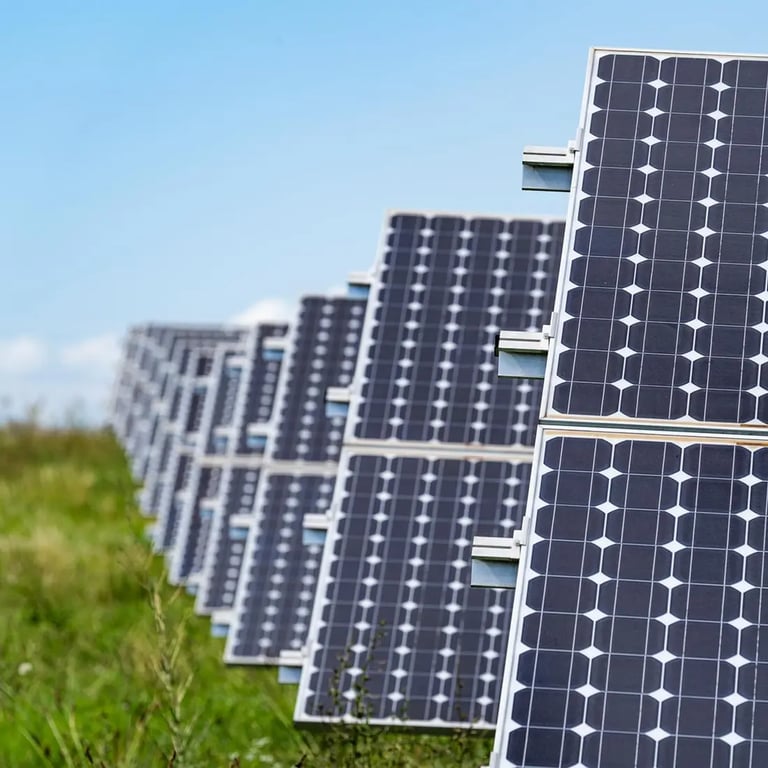NextEnergy Solar Fund (LON: NESF) has announced its interim results for the six-month period ended 30 September 2019.
Financial highlights
· Net asset value per ordinary share of 111.2p (31 March 2019: 110.9p)
· Ordinary shareholder total return of 6.7% (30 September 2018: 3.4%)
· Gearing of 39% (31 March 2019: 36%)
· Cash dividend cover before scrip of 1.3x (30 September 2018: 1.2x)
· Ordinary shareholders’ NAV of £649m (31 March 2019: £645m)
· Dividends per ordinary share of 3.44p (30 September 2018: 3.325p)
Operational highlights
· Total capacity installed of 705 MW (31 March 2019: 691 MW)
· Total electricity generation of 515 GWh (30 September 2018: 480 GWh)
· 89 operating solar assets (31 March 2019: 87)
· Electricity generation +5.0% above budget (30 September 2018: +7.9%)
ESG highlights
· 134,000 UK homes powered for six months (30 September 2018: 125,000)
· 131,000 tonnes of CO2 emissions avoided (30 September 2018: 123,000)
Kevin Lyon, Chairman of NextEnergy Solar Fund Limited, commented:
“NextEnergy Solar Fund’s robust first half results were characterised by another period of outperformance, resulting not only from high levels of solar irradiation but also from technical, financial and operational improvements across the portfolio. In particular, we continued to focus on optimising our portfolio of assets, including extending the useful life of more of our assets, reducing operating costs, making technical improvements and executing our electricity sales strategy to reduce power price risk.
We are particularly proud of our maiden subsidy-free plant, Hall Farm II of 5.4MW, which was energised during the period and is the UK’s first subsidy-free solar plant owned by a listed investment company. Its successful development and commissioning gives us industry leadership in this space, and work is underway on our next subsidy-free plant – a 50 MW plant currently under construction and due for commissioning by the end of the financial year.
During the period we also issued £100m of preference shares and partially used this to repay financial debt, which resulted in enhanced returns for ordinary shareholders, whilst providing financial stability for the future.”










































